Contents
Guide


For Kim Voisey,
whose wonderful illustrations adorn my book
First published 2015
This paperback edition published 2019
The History Press
97 St Georges Place, Cheltenham,
Gloucestershire, GL50 3QB
www.thehistorypress.co.uk
Dave Tonge, 2015, 2019
The right of Dave Tonge to be identified as the Author of this work has been asserted in accordance with the Copyright, Designs and Patents Act 1988.
All rights reserved. No part of this book may be reprinted or reproduced or utilised in any form or by any electronic, mechanical or other means, now known or hereafter invented, including photocopying and recording, or in any information storage or retrieval system, without the permission in writing from the Publishers.
British Library Cataloguing in Publication Data.
A catalogue record for this book is available from the British Library.
ISBN 978 0 7509 6673 3
Typesetting and origination by The History Press
Printed and bound in Great Britain by TJ International Ltd
eBook converted by Geethik Technologies
CONTENTS
Chapter II: The World Turned Upside Down 1
The Wit and Wisdom of Women
Chapter III: The World Turned Upside Down 2
Masterless Youth
Chapter IV: The World Turned Upside Down 3
Poor Men Will Speak One Day
INTRODUCTION
 ong before I ever became a storyteller I was a historian, burrowing into sixteenth-century court records, researching the relationships between men and women and looking at how they were dealt with in courts and how they interacted with each other. It was a revelation to me that we could know so much about our ancestors and I soon realised that Tudor people were not that different from us. They reacted to crises and related to each other much as we still do today. Their problems were different, but they were not.
ong before I ever became a storyteller I was a historian, burrowing into sixteenth-century court records, researching the relationships between men and women and looking at how they were dealt with in courts and how they interacted with each other. It was a revelation to me that we could know so much about our ancestors and I soon realised that Tudor people were not that different from us. They reacted to crises and related to each other much as we still do today. Their problems were different, but they were not.
When I became a storyteller, I found that there was a wealth of sixteenth-century chap books and other cheap print available to me. From moral works to gest books, as soon as I read the tales I realised that their themes and characters reflected those I had already found in my historical research. Yet again they show us that Tudor people were not that different from us!
More importantly, both the records and stories show us something of the reality of Tudor life, not the idealised version as seen in Acts of State and sermons of the time. Evidence often used to paint a picture of an oppressive society, where everyone knew their place. But that is an oversimplification of life long ago and although it was a patriarchal and hierarchical society, these were complicated times.
There were conflicting ideas and attitudes that can be seen in the records and stories I have included in this book. Long ago publishers were desperate to sell their wares to as big an audience as possible and included titles that would appeal to all, which means that for every story mocking a certain group there is also a reply, redeeming them.
The stories were adapted from older medieval sources such as the Decameron and Heptameron and were also taken directly from oral culture by printers who were always looking for new material to feed a growing audience for cheap print. Even though literacy levels were low, the stories could be read out in tavern yards and other public places, thus returning to the oral culture from whence they came.
Some of the medieval material appealed to people of higher status, focusing as it did on nobility, chivalry and adventure, but the old stories had little to offer the lower orders who preferred comic and often bawdy tales that still reflected something of their dreams, fears and desires. That said, cheap print was just that and some of the humour was coarse and unsubtle, while the ideas and attitudes within do not always sit well with modern tastes. They were, however, a welcome release from the tensions created by the conflict between idealised expectations and the reality of Tudor life, but more of that below.
As for this book, it is a work of two halves. First, the historical introductions, with a variety of records including many from the consistory courts, the church courts held in Norwich and also the citys mayors court (all records are from the city sessions unless otherwise cited). Tudor Norwich was second only to London in size and wealth and so the examples from there are representative of any major town or city of the time. In addition, the court regulated many aspects of daily life, from what a person wore to the price of grain, family life, sanitary practices, moral lapses and even entertainment; thus it gives us a wonderful insight into Tudor society. This is me writing with my academic head on, although when it comes to the records, some of the spelling and punctuation has been changed for the ease of the modern reader.
The second half consists of the stories themselves and it is here that I write as the storyteller. Many of the tales were printed as short anecdotes in the sixteenth century, for the ease of the printer as well as to make them accessible to a semi-literate audience. Once storytellers got their hands on them, though, it was a different matter. Then, as now, storytellers grew new corn from old fields, padding stories out with their own experiences and adapting them to suit their audience. Thats exactly what I do as a teller of tales and what I have tried to do with the stories below. Because many of the tales were drawn from oral culture and told aloud in Tudor times, I have attempted to give a feel of the telling in my versions.
I have also amalgamated some of the smaller stories into larger ones and created new titles where necessary in this, my book of two halves. Two halves, yes, but they come together to show something of the ideas, attitudes and beliefs of our Tudor ancestors.
Thanks to Helen James and Debbie Handford for amending my terrible grammar. Also to Colin Howey for the use of his Norwich records and to Stewart Alexander for introducing me to the wonder of storytelling!
Dave Tonge, 2019
CHAPTER I
THE STRUGGLE FOR THE BREECHES
OF THE MUTE WIFE

 n 1571, the author of A Homily Against Disobedience and Willful Rebellion denounced all kinds of rebellion including in families and households, stating that the wife should be obedient unto her husband.
n 1571, the author of A Homily Against Disobedience and Willful Rebellion denounced all kinds of rebellion including in families and households, stating that the wife should be obedient unto her husband.
Both these examples present an idealised image of women long ago, but statements such as these did not reflect the reality for many Tudor women who clearly took no notice of such advice; women such as Mary Wyer, the wife of Edmund, who was ordered to be sent to Bridewell and from there to the duck stool and there to be ducked three several times for scolding with her neighbours and other outrageous behaviour. Also Alice Cocker, who was to be set in the cuckingstool as a common scold and brawler and a women of disquiet among her neighbours for that she did beat Ellen Dingle and Joanne Tymouth. Both women were of course punished, but not for their scolding ways, rather for the antisocial behaviour that accompanied it.

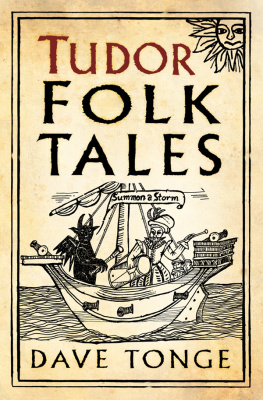




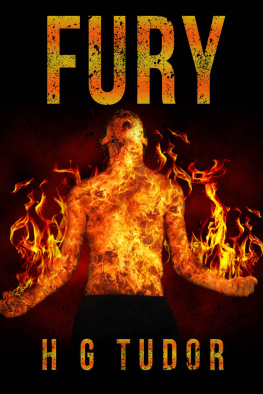

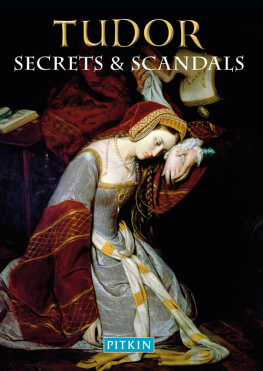
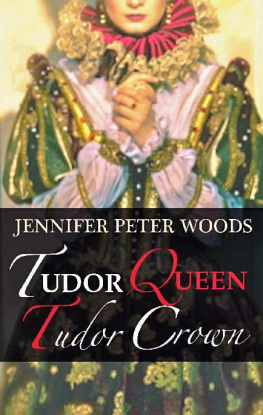
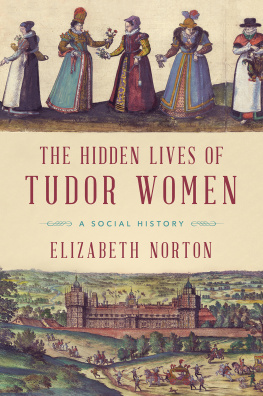
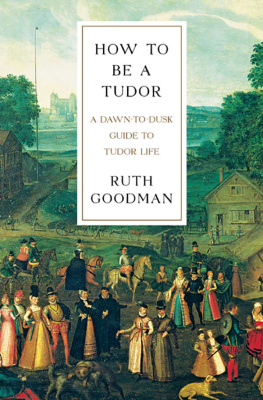
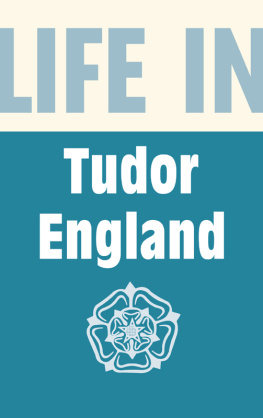




 ong before I ever became a storyteller I was a historian, burrowing into sixteenth-century court records, researching the relationships between men and women and looking at how they were dealt with in courts and how they interacted with each other. It was a revelation to me that we could know so much about our ancestors and I soon realised that Tudor people were not that different from us. They reacted to crises and related to each other much as we still do today. Their problems were different, but they were not.
ong before I ever became a storyteller I was a historian, burrowing into sixteenth-century court records, researching the relationships between men and women and looking at how they were dealt with in courts and how they interacted with each other. It was a revelation to me that we could know so much about our ancestors and I soon realised that Tudor people were not that different from us. They reacted to crises and related to each other much as we still do today. Their problems were different, but they were not.
 n 1571, the author of A Homily Against Disobedience and Willful Rebellion denounced all kinds of rebellion including in families and households, stating that the wife should be obedient unto her husband.
n 1571, the author of A Homily Against Disobedience and Willful Rebellion denounced all kinds of rebellion including in families and households, stating that the wife should be obedient unto her husband.